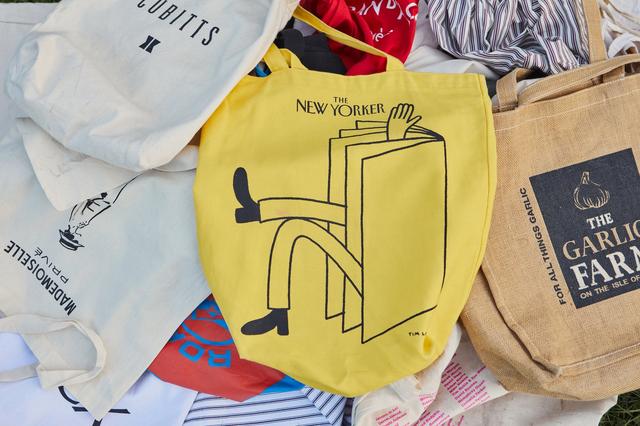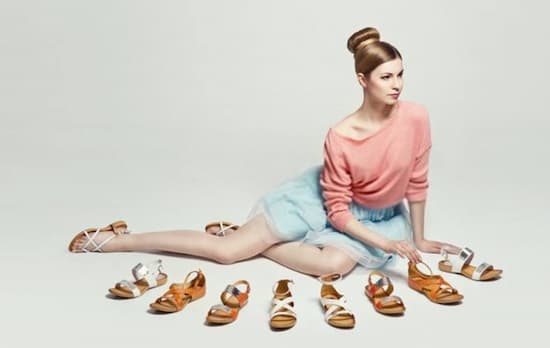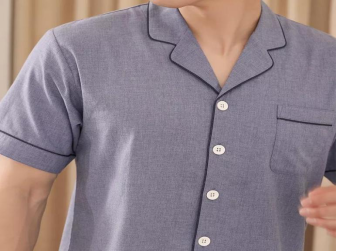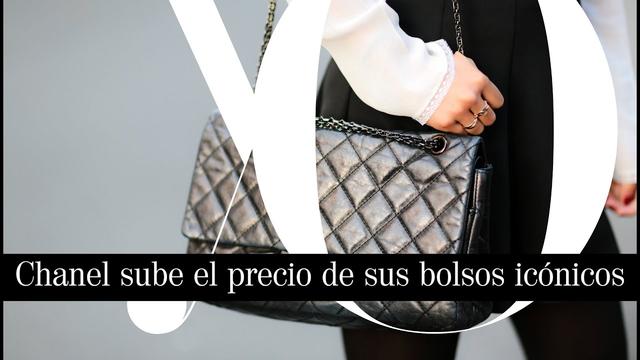Home → luxury bag → The crisis of reusab...
The crisis of reusable cotton bags
To offset the global production impact of an organic cotton bag, you need to use it 20,000 times, according to a 2018 study by the Danish Ministry of Environment and Food.
Recently, Venetia Berry, an artist from London, counted the free cotton bags that she had accumulated in her closet. She was at least 25.
There were bags from eco-fashion brand Reformation and retro stores, bags from Soho House, country boutique hotels and independent art shops.
She had two bags from Cubitts, the millennial eyewear stores, and even one from a garlic farm. "They give them to you without you being able to decide," said Berry, 28.
Cotton bags have become a means for brands, retailers and supermarkets to send the message of an earth-friendly mindset, or at least to show that companies are aware of the excessive use of plastic in packaging . (There was a brief hiatus in the use of cotton bags during the pandemic, when there were fears reusable bags might harbor the virus, but now they're back in full swing.)
“Right now, there's a trend in New York where people are carrying bags from their local deli, hardware store, or their favorite steakhouse,” said designer Rachel Comey. (See: “Gossip Girl” Reboot as Pop Culture Proof.)
Are they really so environmentally friendly? Not precisely. It turns out that the unconditional acceptance of cotton bags may have created a new problem.
To offset the global production impact of an organic cotton bag, you need to use it 20,000 times, according to a 2018 study by the Danish Ministry of Environment and Food. That equates to daily use for 54 years… for a single bag. By that system of measurement, if Berry's 25 bags were organic cotton, she would have to live more than a thousand years to make up for her current stockpile.
“Cotton production consumes a lot of water,” explained Travis Wagner, professor of environmental sciences at the University of Maine. She, too, is associated with forced labor, thanks to revelations about the treatment of Uyghurs in Xinjiang, China, which produces 20 percent of the world's cotton and supplies most Western fashion brands. Also, determining how to dispose of a bag in an ecological way is not as simple as you think.

For example, you can't put a bag in a compost bin: Maxine Bédat, director of the New Standard Institute, a nonprofit focused on fashion and sustainability, said that "I haven't found a municipal composter that accepts textiles yet." ”.
And only 15 percent of the 30 million tons of cotton produced each year reaches textile warehouses.
British designer Anya Hindmarch was arguably the one who put the reusable cotton bag on the map. Her “I'm Not a Plastic Bag” bag from 2007, created with the environmental agency Swift, sold for about $10 (5 pounds) in supermarkets. This encouraged shoppers to stop buying single-use bags and became a viral phenomenon.
“Eighty thousand people lined up in a single day in the UK,” the designer said, and it was effective. The number of bags bought in the UK fell from around 10 billion to around 6 billion in 2010, according to the British Retailers Association. "At the time, it was important to use fashion to communicate the problem," Hindmarch said.
Of course, it soon became a branding tool. The famous cream and black New Yorker magazine bag became a status symbol; Since 2014, the weekly belonging to the Condé Nast publishing group has given away 2 million bags to its subscribers, according to a spokesperson for the magazine.
Kiehls, the skincare line, offers these bags for $1, while fashion brands like Reformation began packing groceries in black cotton bags; Lakeisha Goedluck, 28, a writer from Copenhagen, said she is "at least six". Some customers get rid of theirs by selling them on the Poshmark online sales site.
According to Shaun Russell, the founder of Skandinavisk, a Swedish skincare brand that is a certified B Corp (or company that meets certain social or environmental sustainability standards), the idea is to “use your customers as mobile ads ”. It is free advertising. "Any brand that says otherwise would be lying," he added.
Suzanne Santos, director of customer service at Aesop, doesn't know exactly how many ecru bags the Australian beauty brand produces each year, but she admitted there are "a lot". Initially implemented as shopping bags by Aesop, which is also a B Corp certified company, a decade ago; Santos noted that customers consider them "an emblematic part of the Aesop experience." So much so that the brand receives emails expressing annoyance when online orders do not include the bags. “Rude would be the right word,” she said in a Zoom call from Sydney describing the emails. (Santos said that customers who want to dispose of their leftover bags can return them to stores, although Aesop does not advertise that possibility on its website or in stores.)
Cotton bags have been around for a long time in the luxury sector; shoes and bags come wrapped in dust covers, but the bags' supposed sustainability means more and more brands are packing their products in more layers. Items that don't even need dust protection (like hair ties, organic tampons, and facial cleansers) now arrive wrapped in a sleeping bag.
"It's just a pack on a pack on a pack," Bédat said.
This does not mean that cotton is worse than plastic, nor that they should be compared. While cotton may require pesticides (if not organically grown) and has dried up rivers from water consumption, lightweight plastic bags use fossil fuels that emit greenhouse gases, never biodegrade, and clog oceans.
By pitting the two materials against each other, "we end up at an environmental crossroads that leaves consumers with the idea that there is no solution," said Melanie Dupuis, a professor of environmental studies and science at Pace University.
Buffy Reid, of British knitwear brand & Daughter, discontinued production of her cotton tote bags in April this year; she plans to roll out a feature where customers will be able to choose to receive one or not. Although Aesop will not stop its production, the brand is converting the composition of its bags to a mix of 60-40 recycled and organic cotton. "It will cost us 15 percent more," Santos said, but "it reduces water consumption by 70 to 80 percent."
Some brands are turning to other textile solutions. Design brand Ally Capellino recently switched from cotton to hemp, while Hindmarch has unveiled a new version of its original bag, this time made from recycled water bottles; Nordstrom also uses similar bags in its stores.
In the end, the simplest solution may be the most obvious. "Not all products need a bag," Comey concluded.









